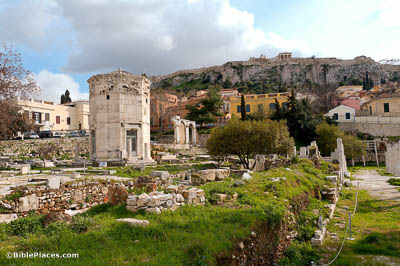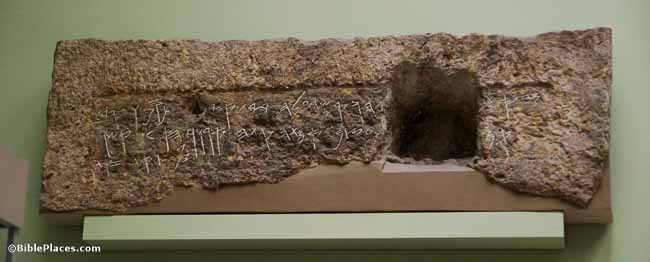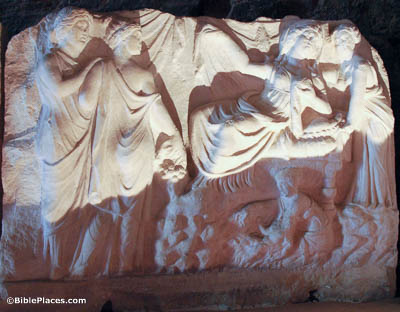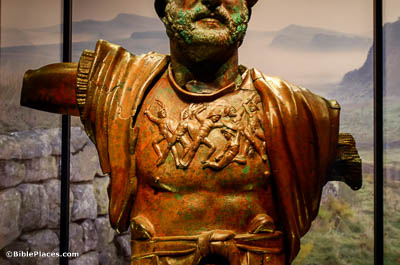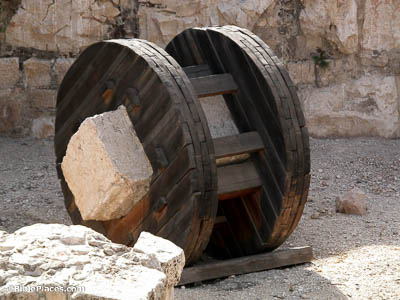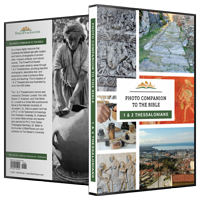But concerning the times and the seasons, brothers . . . (1 Thessalonians 5:1)
The word “time” (Gk. chronos) refers generally to the sequential occurrence of events. Paul’s specific reference, revealed in the following verse, is to the day of the Lord. Time was marked in the Greco-Roman world in a variety of ways. The Tower of the Winds, also called the Horologion of Andronikos Kyrrhestes, dates to the 2nd or 1st century BC and is located in the forum of Athens. This octagonal structure was used as a combination sundial, water clock, and weathervane.
